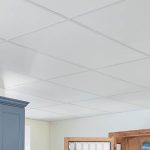Asbestos, once hailed for its heat resistance and insulating properties, is now known as a significant health hazard. Asbestos-containing materials (ACMs) in homes, especially in floor tiles, pose a serious risk of asbestos exposure when disturbed. This article aims to shed light on identifying asbestos tiles, understanding the risks, and managing them safely.
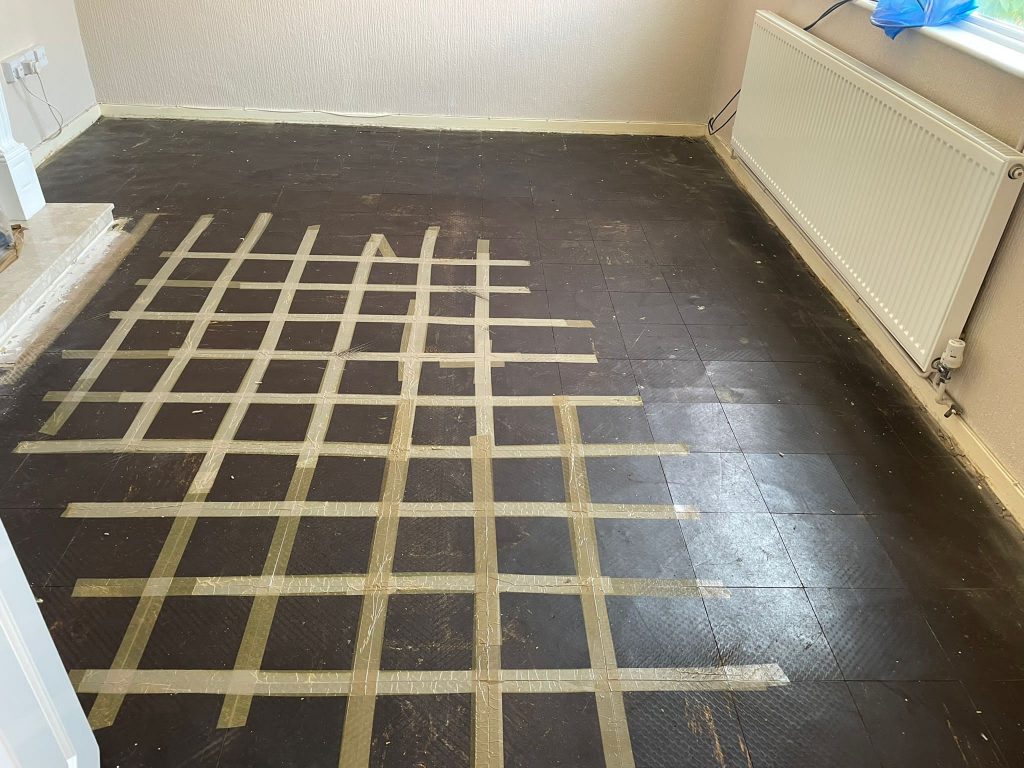
The Hidden Hazard in Your Home
Asbestos tiles were widely used in buildings and homes from the early 1900s until the late 1980s due to their durability and fire-resistant properties. However, when these tiles are broken, sanded, or otherwise disturbed, they can release asbestos fibers into the air, which, when inhaled, can cause lung diseases, including asbestosis, lung cancer, and mesothelioma.
Recognizing Asbestos Tiles: Key Characteristics
Identifying asbestos tiles can be challenging, as they often look similar to non-asbestos flooring. However, there are certain characteristics and age indicators that can help:
Age of the Building
If your home or building was constructed or renovated between the 1920s and the late 1980s, there’s a higher chance that the tiles could contain asbestos.
Size and Thickness
Asbestos tiles commonly came in 9-inch, 12-inch, or 18-inch squares and were typically about 1/8 inch thick. However, these sizes are not exclusive to asbestos tiles, so further investigation may be necessary.
Color and Pattern
They often had a deep color due to the asphalt content and might display a plastic-like or resinous appearance. Patterns can vary widely, making visual identification alone unreliable.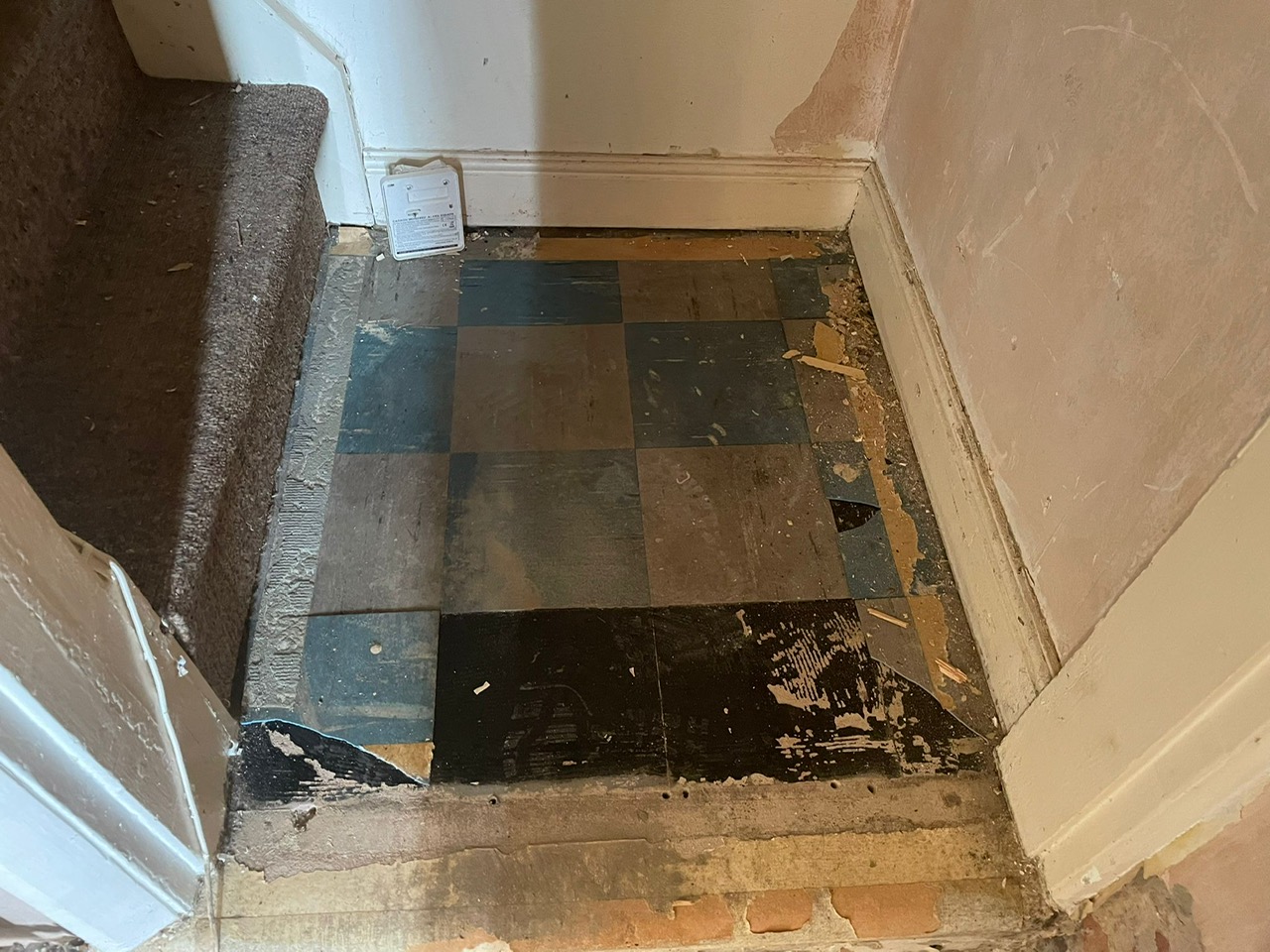
Backing Material
Asbestos tiles frequently have a black or dark backing material where the asbestos fibers were mixed with the adhesive bonding agent. This is one of the more distinctive signs, but it requires lifting a tile to inspect.
The Importance of Professional Testing
If you suspect your tiles may contain asbestos, the safest approach is to have them tested by a certified asbestos abatement professional. DIY testing kits are available, but they still require careful handling and mailing of potentially hazardous materials.
Health Risks and Safe Handling
Understanding the potential health risks associated with asbestos is crucial. Asbestos fibers are microscopic and can remain airborne for hours, making them easy to inhale without proper safety measures. Long-term exposure increases the risk of developing serious respiratory conditions.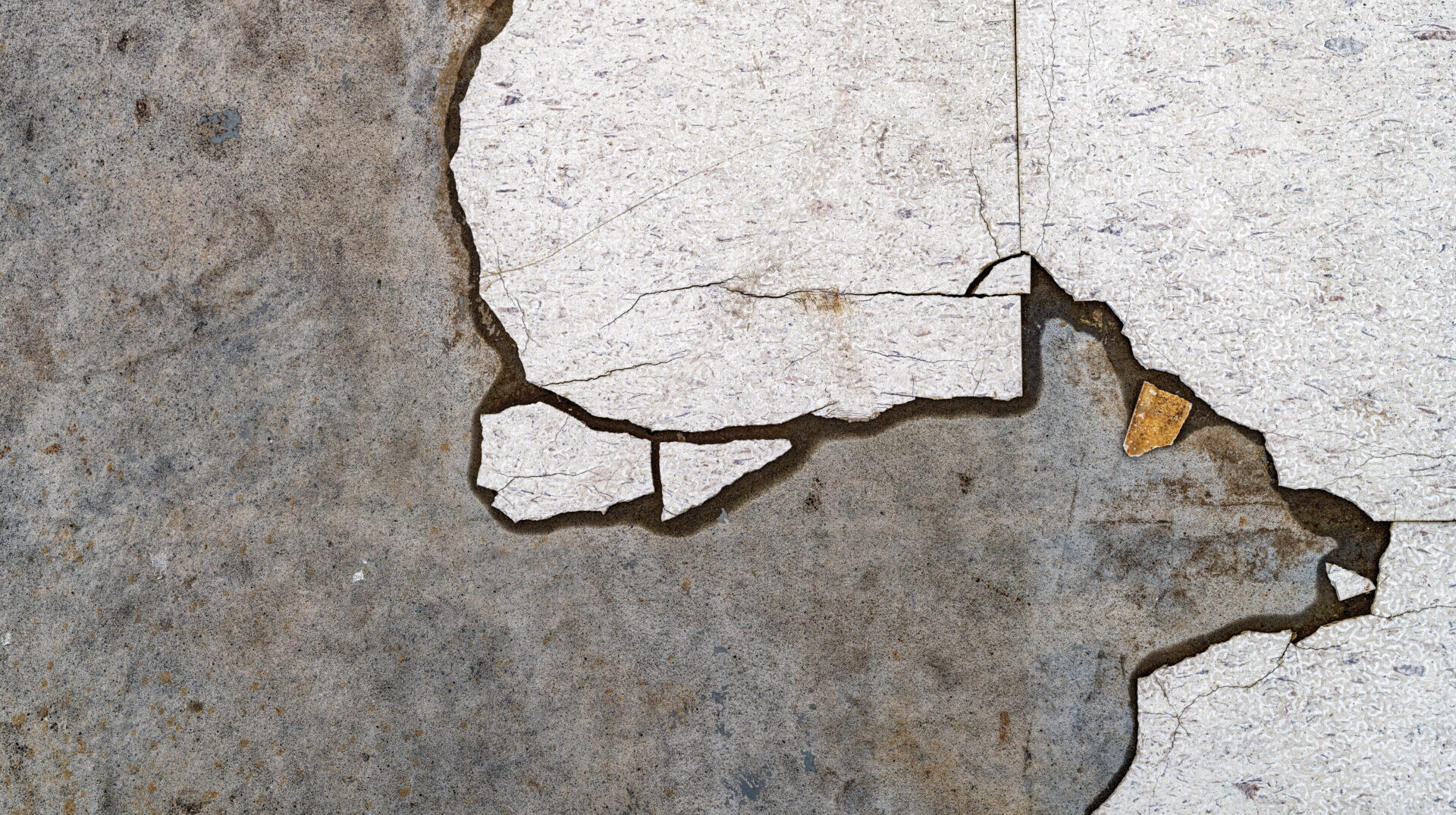
Do Not Disturb
If you find or suspect asbestos tiles in your home, do not attempt to remove, drill, cut, or sand them. Disturbing the tiles can release dangerous fibers into the air.
Encapsulation vs. Removal
In some cases, encapsulating or covering asbestos tiles with new flooring is a safer and more cost-effective option than removal. However, removal may be necessary during major renovations or if the tiles are severely damaged. Both processes should be carried out by professionals trained in asbestos handling.
Choosing the Right Professional
Selecting a qualified asbestos abatement contractor is critical. Look for licensed professionals with experience and positive reviews. They should follow strict safety protocols, including sealing the work area, using appropriate protective gear, and disposing of the asbestos materials according to local regulations.
Legal Considerations and Compliance
Before undertaking any asbestos-related work, be aware of the legal requirements and guidelines in your area. Many regions have specific regulations regarding asbestos management, including notification requirements, disposal procedures, and worker safety standards.
Living with Asbestos Tiles: Maintenance and Monitoring
Regular Inspections
Regularly inspect asbestos-containing tiles for signs of wear, damage, or disturbance. Early detection of potential issues can prevent the release of asbestos fibers.
Cleaning Practices
For undamaged asbestos tiles, wet cleaning methods are preferred to minimize the risk of fiber release. Avoid using abrasive pads or brushes that could damage the tile surface.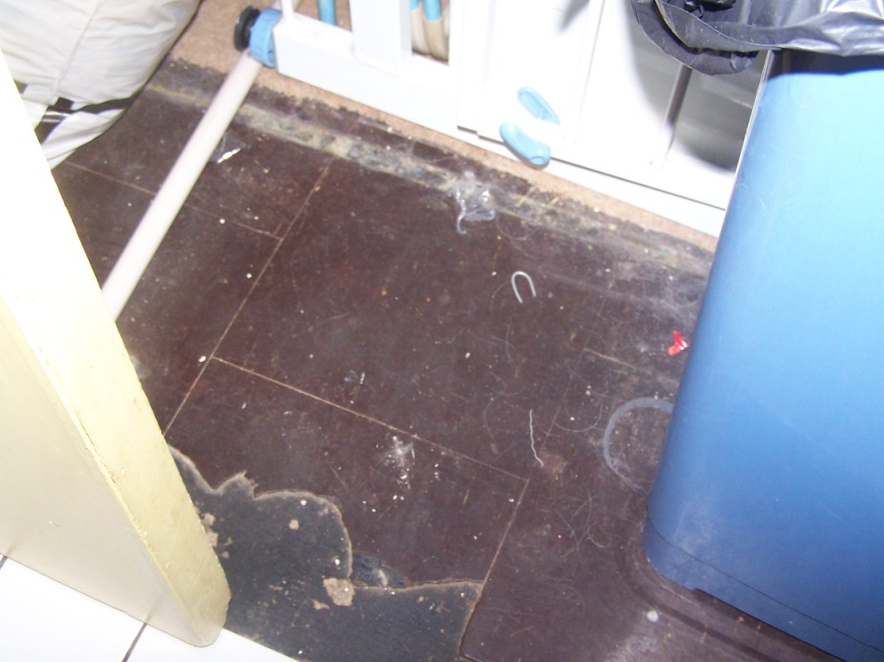
Future-Proofing Your Home
Planning Renovations Carefully
If you’re planning renovations, consider the presence of asbestos as part of your project planning. Professional asbestos surveys can identify not only floor tiles but also other materials in your home that may contain asbestos.
Updating Safely
When updating a home with asbestos tiles, working with design and construction professionals who have experience managing asbestos can ensure that your renovations are safe and compliant with regulations.
Awareness and Education: Key to Safety
Community Resources
Many communities offer resources and workshops on asbestos awareness and home safety. These can be valuable sources of information for homeowners.
Sharing Knowledge
If you have asbestos tiles in your home, informing family members and any contractors about their presence and the importance of not disturbing them can help prevent accidental exposure.
The Role of Government and Regulatory Bodies
Regulations and Guidelines
Government and regulatory bodies play a crucial role in setting standards for asbestos management. Familiarize yourself with the regulations applicable in your area.
Support for Homeowners
Some regions offer support programs for homeowners dealing with asbestos, including financial assistance for testing and removal. Check with local health or environmental agencies for available resources.
Environmental Impact of Asbestos
Sustainable Removal and Disposal
Asbestos removal not only concerns human health but also environmental protection. Proper disposal is crucial to prevent contamination. Specialized hazardous waste facilities are equipped to handle asbestos, ensuring it does not end up in landfills where it could pose a risk to public health and the environment.
Recycling Innovations
Research into asbestos recycling technologies aims to transform hazardous asbestos waste into harmless silicates or reuse it in construction materials, offering a potential future avenue for reducing the environmental footprint of asbestos removal.
Conclusion: Awareness and Action
Identifying asbestos tiles in your home can be daunting, but recognizing the potential danger is the first step toward ensuring the safety of your living environment. By understanding what asbestos tiles look like, the associated health risks, and the importance of professional assessment and handling, homeowners can make informed decisions about managing this hazardous material. Remember, when it comes to asbestos, erring on the side of caution and seeking expert advice is always the best approach.
Living with asbestos tiles requires a proactive approach to maintenance, monitoring, and, when necessary, professional intervention. By staying informed about the condition of your tiles, adhering to safe handling practices, and leveraging professional and community resources, you can manage the risks associated with asbestos and maintain a safe and healthy home environment. Remember, the key to dealing with asbestos is not panic but informed action and responsible management.
